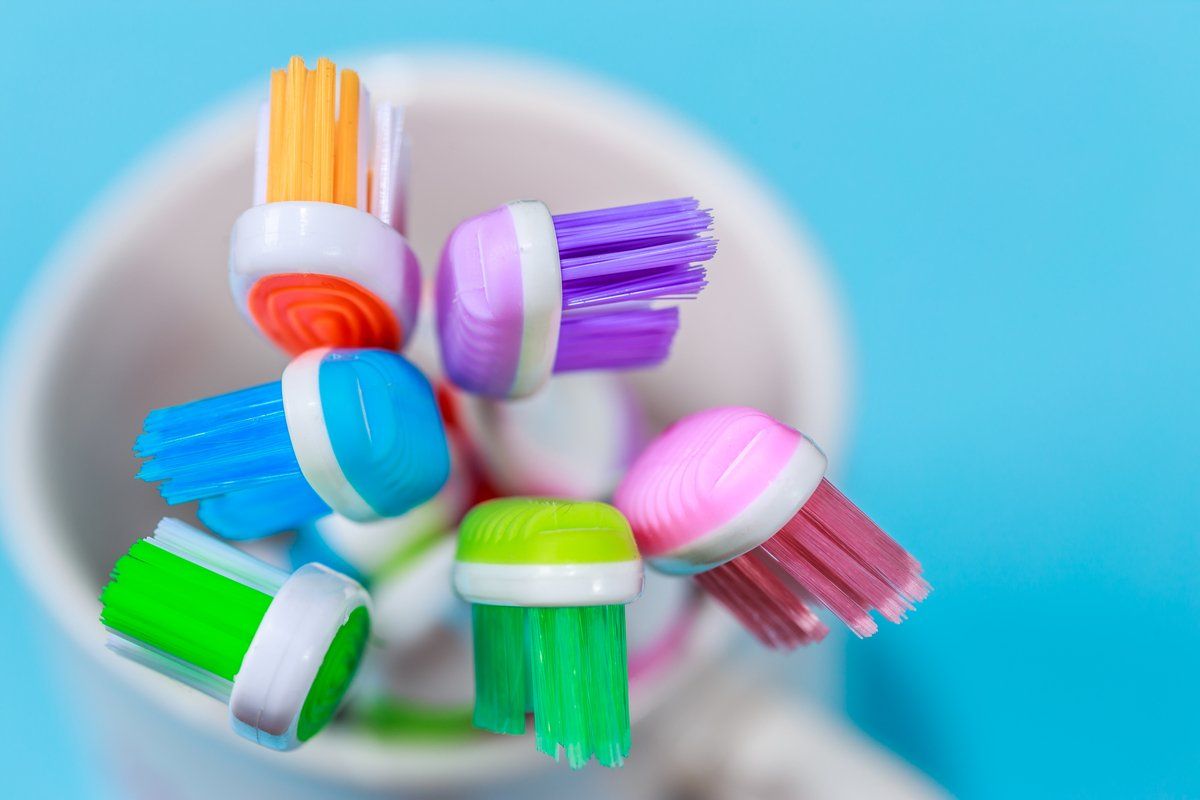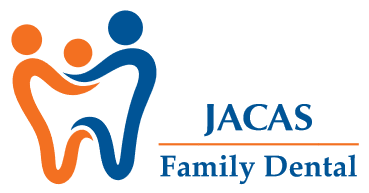How Often Should You Replace Your Toothbrush?
- By Sergio Jacas
- •
- 23 Nov, 2021
- •

Do you remember the last time you replaced your toothbrush? Chances are you regularly throw out old food, expired supplements and vitamins, and even replace beauty products. Unfortunately, when it comes to dental hygiene, things may be slightly lacking.
While this is true, you can follow a few rules and guidelines to maintain superior oral health.
When to Replace Your Toothbrush
The ADA (American Dental Association) and most dentists recommend buying a new toothbrush every three months. As time passes, toothbrushes will experience normal wear and tear. This wear and tear means the brush is not as effective when it comes to removing plaque from your teeth and gums. Also, studies have proven that it’s around the three-month mark when the bristles will break down and lose some of their effectiveness.
Another consideration to think about is that germs will start to hide and build up in the bristles of your toothbrush. It’s also important to replace your toothbrush after you have a cold, or you may be reinfected.
Bacteria and fungus may develop on the bristles if they aren’t taken care of properly. After you use the toothbrush, be sure to rinse and dry it well. Also, store it in an upright, uncovered position and keep it away from anyone else’s toothbrushes. If you are traveling, make sure you cover the head of your toothbrush to protect it and minimize the spread of germs.
If you can’t remember how long it has been since you replaced your toothbrush, look at the condition of the head. Are the bristles frayed, fanned out, or show signs of wear? Are there dark spots in the bristles? If so, this is a sign of mold and indicates you need to stop using the brush right away.
What Will Happen if You Don’t Purchase a New Toothbrush in a Timely Manner?
Suppose just the knowledge that fungus and bacteria will accumulate on your toothbrush bristles overtime is not enough of a reason to replace it more often. In that case, there are other risks involved with failing to do this, as well.
One of these risks is damage to your gums. As a toothbrush gets older, it loses its effectiveness when it comes to removing plaque from your teeth. This can cause gingivitis. If this condition is not treated, gingivitis can cause a more serious infection and result in all your teeth falling out.
Something that’s even more unappealing is that you can get sick if you use your toothbrush too much. For example, your toothbrush may grow mold or gather unwanted particles if you happen to store it too close to a toilet.
If You Can’t Remember, It’s Better to Be Safe Than Sorry
Remember, if you can’t remember the last time you replaced your toothbrush, even if it doesn’t have any indications of an issue mentioned above, it’s best to go ahead and replace it now. This is going to help ensure you don’t have to deal with any of the unpleasant issues that may arise if you don’t.
